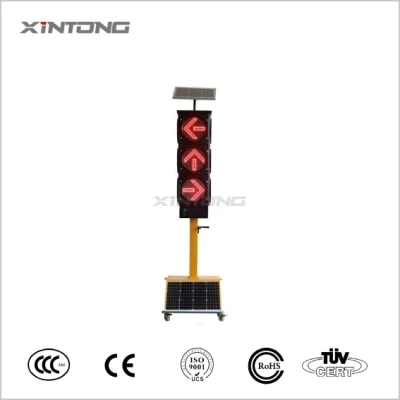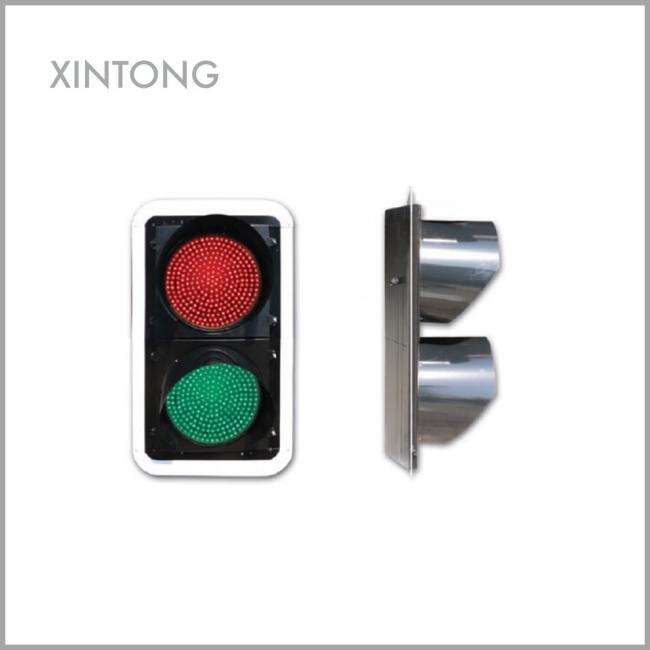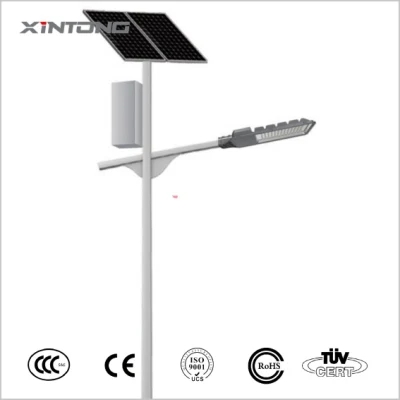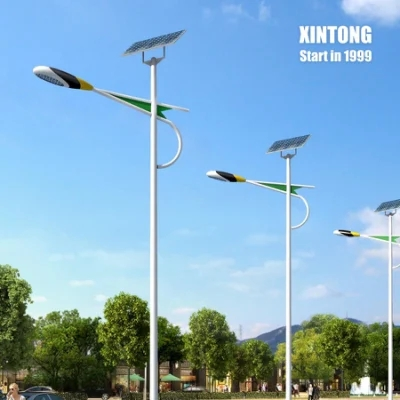Six hundred million people in Africa live without access to electricity, about 48 percent of the population. The combined impact of the COVID-19 pandemic and the international energy crisis has further weakened Africa's energy supply capacity. At the same time, Africa is the world's second most populous continent and the fastest growing continent. By 2050, it will be home to more than a quarter of the world's population. It is expected that Africa will face increasing pressure to develop and utilize energy resources.
But at the same time, Africa has 60% of the global solar energy resources, as well as other abundant renewable energy such as wind, geothermal and water energy, making Africa the last hot land in the world where renewable energy has not been developed on a large scale. Helping Africa develop these green energy sources to benefit the African people is one of the missions of Chinese companies in Africa, and they have proved their commitment with concrete actions.



A ground-breaking ceremony was held in Abuja on September 13 for the second phase of China-assisted solar-powered traffic signal lamp project in Nigeria. According to reports, the China-assisted Abuja Solar Traffic Light Project is divided into two phases. The first phase of the project has built solar traffic lights at 74 intersections. The project has been in good operation since it was handed over in September 2015. In 2021, China and Nepal signed a cooperation agreement for the second phase of the project, which aims to build solar-powered traffic lights at the remaining 98 intersections in the capital region and make all intersections in the capital region unmanned. Now China has made good on its promise to Nigeria by bringing the light of solar energy further into the streets of the capital Abuja.
Although Africa has 60% of the world's solar energy resources, it only has 1% of the world's photovoltaic power generation installations. This shows that the development of renewable energy, especially solar energy, in Africa has great prospects. According to the Global Status of Renewable Energy 2022 Report released by the United Nations Environment Programme (UNEP), off-grid solar products sold in Africa reached 7.4 million units in 2021, making it the world's largest market, despite the impact of the COVID-19 pandemic. East Africa led the way with 4 million units sold; Kenya was the region's biggest seller, with 1.7 million units sold; Ethiopia ranked second, selling 439,000 units. Central and Southern Africa saw significant growth, with sales in Zambia up 77 per cent year on year, Rwanda up 30 per cent and Tanzania up 9 per cent. West Africa, with 1 million units sold, is relatively small. In the first half of this year, Africa imported 1.6GW of Chinese PV modules, up 41% year-on-year.


Various photovoltaic products invented by China for civilian use are well received by the African people. In Kenya, a solar-powered bicycle that can be used to transport and sell goods on the street is gaining popularity; Solar backpacks and umbrellas are popular in the South African market. These products can be used for charging and lighting in addition to their own use, making them ideal for the local environment and market.
Post time: Nov-04-2022